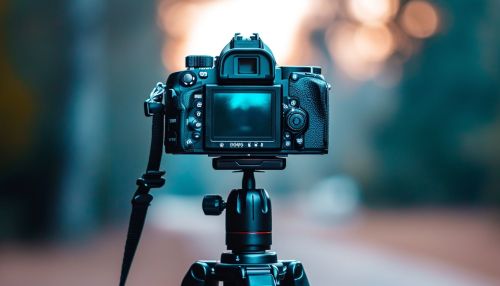Digital cinematography
Introduction
Digital cinematography is the process of capturing motion pictures as digital images, rather than on film. As digital technology has improved in recent years, this practice has become dominant. With the advent of digital technology, the distinction between professional motion picture films and home movies has blurred. The use of digital cinematography can also be considered an alternative to using film stock.
History
The history of digital cinematography can be traced back to the late 20th century technological developments. The first digital cameras for the consumer-level market that worked with a home computer via a USB connection were the Apple QuickTake camera (February 17, 1994), the Kodak DC40 camera (March 28, 1995), the Casio QV-11 with LCD monitor (late 1995), and Sony's Cyber-Shot Digital Still Camera (1996).
Digital vs Film
The debate about the relative merits of digital technology compared to film is ongoing. Some filmmakers prefer to use film for its aesthetic qualities, while others prefer the flexibility of digital cinematography. It is also worth noting that digital cinematography is more cost-effective than film for many filmmakers.
Technology
Digital cinematography captures motion pictures digitally in a process analogous to shooting with a traditional film camera. Most digital cameras use a CCD sensor, while some use CMOS or Foveon X3 sensors. The latest cameras tend to use CMOS sensors due to their lower power consumption compared to CCD sensors.
Techniques
There are various techniques used in digital cinematography. One of the most common techniques is the use of digital video cameras to capture the film. Other techniques include the use of computer-generated imagery (CGI) and the use of digital intermediates.
Future
The future of digital cinematography looks promising with the advent of more advanced technologies. The use of digital cinematography in Hollywood movies is becoming more prevalent, and the use of digital intermediates is becoming standard.
See Also


